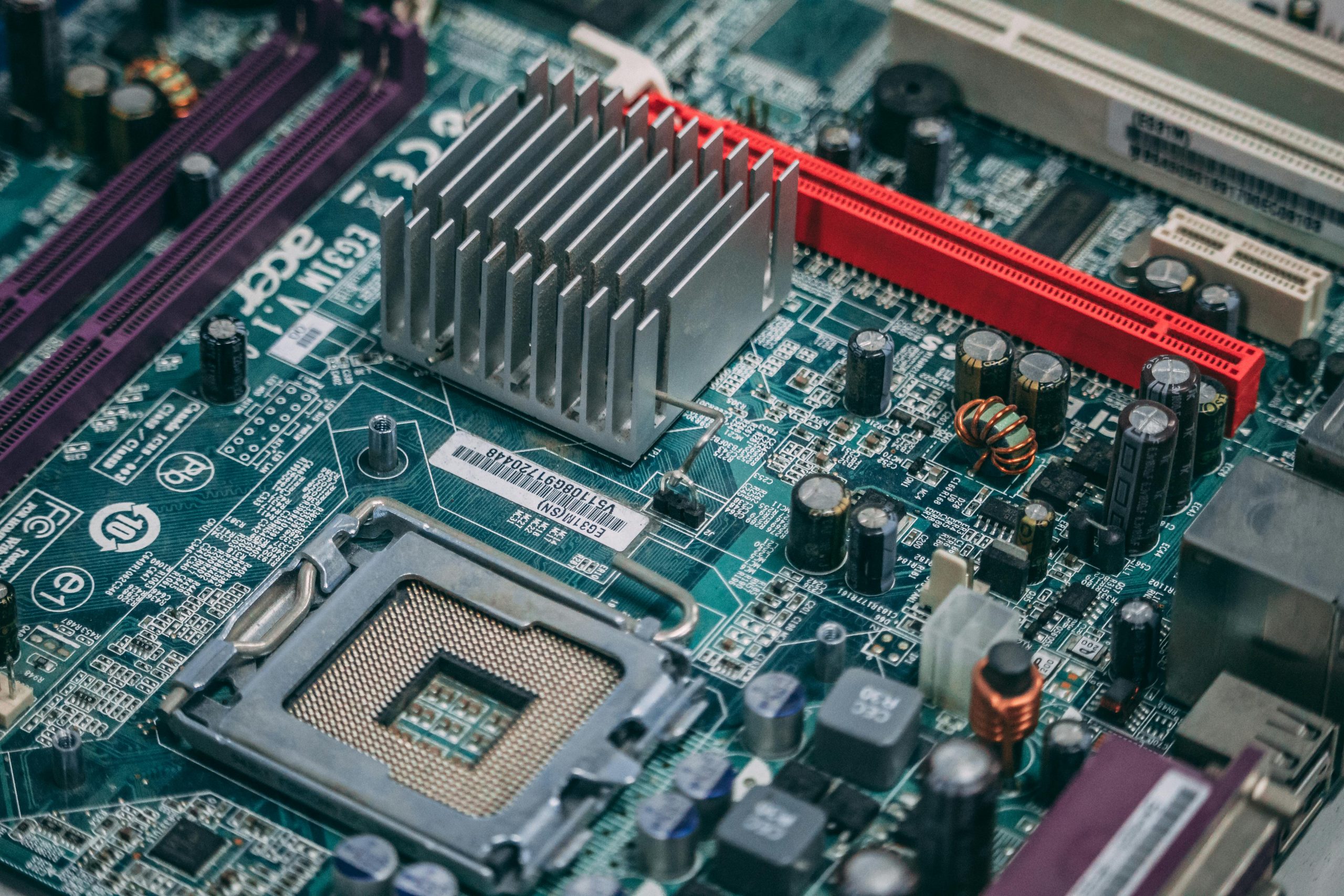Understanding BIOS Update Issues on GIGABYTE B650-Eagle-AX Motherboards: A Case Study
Introduction
BIOS updates are a common maintenance task for PC builders and enthusiasts, often aimed at enhancing hardware compatibility, fixing bugs, or unlocking new features. However, firmware updates can sometimes lead to unexpected issues, especially if something goes wrong during the process. In this article, we examine a real-world scenario involving the GIGABYTE B650-Eagle-AX motherboard, highlighting common pitfalls and potential solutions when facing BIOS update problems.
Case Overview
A user attempted to update their GIGABYTE B650-Eagle-AX motherboard BIOS from version F31 to F34 via Q-Flash, a built-in BIOS utility. The goal was to improve memory compatibility and support for their Corsair DDR5 kit. The update was seemingly successful, but afterward, critical problems arose that rendered the BIOS interface unusable.
Post-Update Issues
-
BIOS Password Anomaly:
The user observed that their BIOS password appeared in uppercase letters, a change not intentional or expected. This anomaly suggests potential corruption or misbehavior after the update, raising concerns about BIOS integrity. -
BIOS and Q-Flash Unresponsiveness:
More critically, both the BIOS interface and Q-Flash utility became entirely unresponsive when accessed via the firmware menu. Attempts to enter these tools resulted in system freezes—keyboard LEDs would no longer respond, and keystrokes were ignored. -
Boot Functionality:
Despite these issues, the system could still boot into installed operating systems, indicating that the main boot process remained unaffected, but BIOS configuration and recovery options were compromised.
Troubleshooting Attempts
The user attempted to re-flash or downgrade the BIOS using the provided EFI utility (Efiflash.efi). While the utility would initially load, it indicated that SecureFlash was active, requiring a system restart. However, upon reboot, the system would freeze on the BIOS splash screen, prompting further complications.
Possible Causes
- BIOS corruption during the update process
- Compatibility issues with certain hardware components or BIOS versions
- SecureFlash or other security features interfering post-update
- Firmware corruption impacting BIOS access utilities
Potential Solutions
-
CMOS Reset:
The most straightforward recovery method involves clearing the CMOS memory—either by shorting the Clear CMOS jumper or removing the motherboard battery temporarily. This can restore BIOS to default settings and may resolve freezing issues. -
BIOS Re-Flashing via Hardware Programmer:
Share this content:



